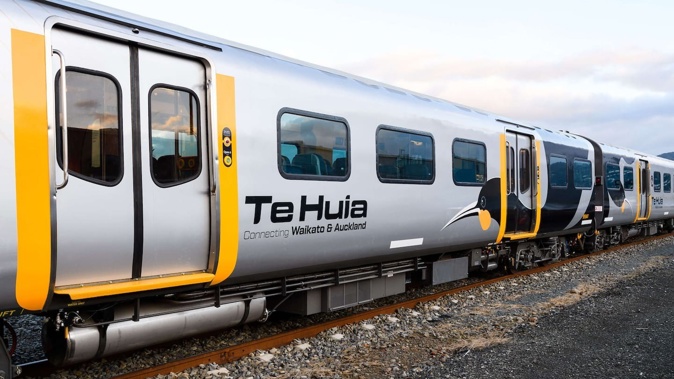
A signal mix-up and a lack of engineering fail-safes have been found responsible for an accident involving the Auckland-to-Hamilton passenger train Te Huia in June last year.
The Transport Accident Investigation Commission (TAIC) has published its final report on the accident, which took place near Auckland’s Penrose Station on the morning of June 17, 2023.
The train failed to stop at a red signal as the train driver on board looked at the wrong one. Despite having 48 years of experience, the driver was not based locally and was therefore unfamiliar with the route.
The two signals were positioned near each other, and the commission found the correct one for the route was not within clear view.
There were no injuries and there was no damage to the train. However, it damaged the junction points (a track component that provides a path for a wheel to transfer from one track to another), as they were set for another train, leading to a lengthy disruption to services.
The commission also found there were no effective fail-safes in the form of engineering controls, which automatically stopped trains when they went through a stop signal, which were present on some other trains.
TAIC chief investigator of accidents Naveen Kozhuppakalam said the rail sector needed to ensure train drivers around the country had good route knowledge.
“Nationwide, safety is compromised if locomotive engineers either don’t know enough about the routes they drive, or infrequency of travel means they become rusty on a route.
“And the commission found that KiwiRail’s route knowledge training for locomotive engineers doesn’t adequately identify these gaps in knowledge or currency,” he said.
On top of that, trains in the Auckland metro area needed to have a common engineering solution to prevent them passing stop signals.
“It’s too complex expecting KiwiRail Te Huia, KiwiRail freight, Auckland One Rail, and track maintenance contractors to each decide on their own system to mitigate risks associated with passing a signal at stop.”
Thirdly, all signals needed to be clearly visible.
“Maybe it’s too obvious to say all signals should be easy for drivers to see, but it has to be said. Passengers were at increased risk when Te Huia’s driver continued in response to the wrong signal.
“It happened because Te Huia’s driver saw another track’s signal and didn’t see the correct signal. And that happened because KiwiRail commissioned it with an incomplete risk assessment.”
The report noted that since the incident, KiwiRail had identified two options to mitigate the sighting risk: removing or relocating the overlooked signal. Removing is KiwiRail’s preferred option but it would require extensive re-signalling of the Onehunga Junction.
KiwiRail said it was looking at how to mitigate risks over sighting of signals in the area, including the options referred to in the report.
The European Train Control System was being extended to the existing North Island DL locomotive fleet, and new locomotives would come fitted with the system.
It was reviewing how to make sure drivers were familiar with routes, including those they did not often work on.
“That includes using video technology as part of familiarisation, particularly for new features that are introduced during infrastructure improvements,” chief operations officer Siva Sivapakkiam said in a statement.
New drivers were taken through an area introduction, and were required to be familiar with the local instructions for their areas.
- Kate Green, RNZ
Take your Radio, Podcasts and Music with you









